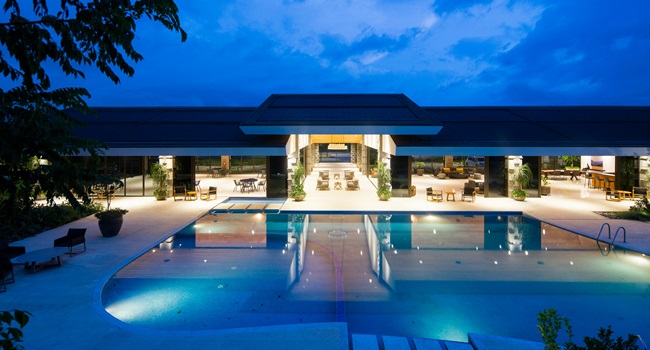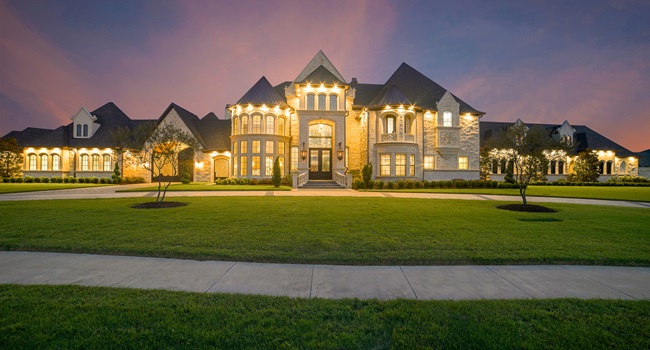In today’s world, individuality rules. Think customized playlists that mirror your mood and curated wardrobes tailored to your personal style. People crave distinction everywhere in life. It’s little wonder if this need for personalization extends into our most private spaces: our homes.
Rather than reining in cookie-cutter layouts and generic aesthetics, people are searching for something more profound. A home that reflects their personality supports their lifestyles and grows with them over time, causing a seismic shift in how homes are designed and built.
It is more than a fad for builders. It is a call for them to take the challenge and step up. But what is driving this demand, and how are they rising to it?
Why Bespoke Luxury Homes Are the New Standard
Current homebuyers are looking for a place to live and a space that works for them in every sense. Modern buyers want, above all, sustainability, functionality, and uniqueness. This includes and goes beyond energy-efficient designs. Wellness-focused amenities and seamless indoor-outdoor living spaces top the list.
For instance, some house shoppers might be interested in these Nashville homes for sale. The Tennessee capital has emerged as a bespoke location that combines modernity with the Southern soul. This will include home buyers who need broad floor plans with customized kitchens, smart-home integrations, and touches of eco-friendliness. Builders who do so aren’t just meeting expectations but creating something extra special.
This wave of customization is not just about luxury but also about making houses feel as unique as the people in them. Builders must confront new challenges but with these come opportunities.
The demand for bespoke homes brings its own set of headaches for builders. Fully customized houses are generally much more collaborative than any ordinary construction project, giving easy room for much-needed greater involvement from architects, interior designers, and even the owners. Communication and flexibility must not be compromised.
There’s also the matter of the soft balance of managing client expectations. Everyone wants the perfect home, but perfection comes at a price, time, and money. The high-end materials, intricately designed places, and tight timelines weigh against budgetary constraints.
But let’s remember the silver lining. Builders who successfully navigate these opportunities gain access to an elite market segment where reputation and referrals reign supreme.

The Role of Technology in Customization
Technology is revolutionizing the way bespoke homes are envisioned and brought to life. With 3D printing, among many other innovations in the industry, the homeowner can now visualize their dream space before the first brick is laid and then be sure of all the tiny details going into the house, thereby saving time in construction.
Artificial intelligence (AI) is also a factor in forecasting design trends and optimizing layouts for particular functions. Imagine walking through a digital version of your next home, adjusting room sizes, or swapping finishes in real-time.
For builders, these advances streamline the construction process, minimize errors, and increase client satisfaction. It’s a win-win that combines creativity and precision in unprecedented ways.
What This Means for the Future of Real Estate
The rise of bespoke luxury homes is redrawing the map of real estate. Builders are increasingly specializing in niche markets, bringing them closer to high-end clients who receive tailored services that match high quality. Supply chains are adapting to provide custom materials, while skilled labor is essential now more than ever.
This shift also benefits local economies. Bespoke homes are high-value investments that often spur community growth due to higher property taxes, job creation, and a boost in ancillary industries, such as design and landscaping.
The rippling effects of this trend can be seen in everyone. After all, people benefit when homes are built with intention and care.

Conclusion
As demand for bespoke luxury homes continues to grow, one thing’s for sure: this is not just about construction. It’s about connection. It’s about understanding what makes a home special and delivering on that promise with precision and creativity. This demand for new buildings will open a golden opportunity for builders to redefine what is possible in real estate.




























